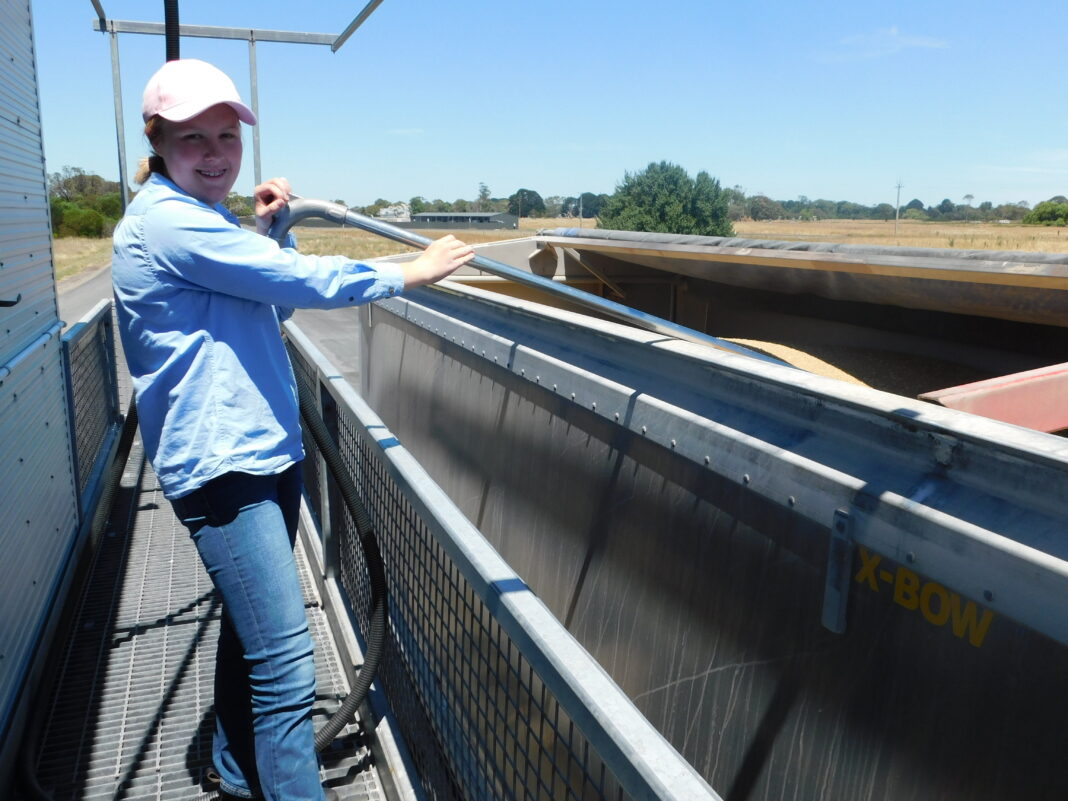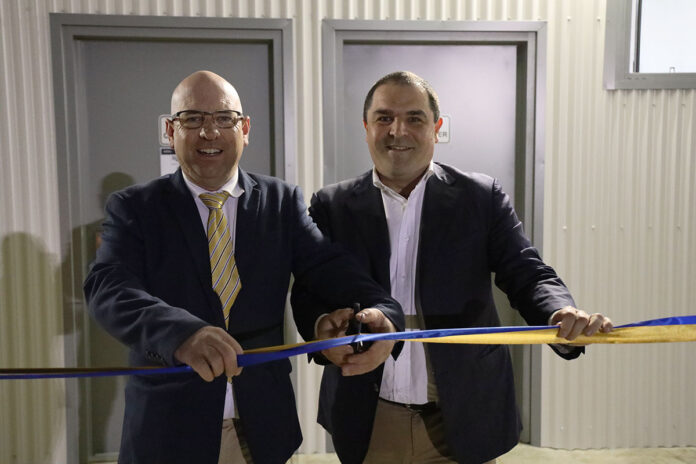The 2021-22 South Australian grain harvest is estimated to be the most valuable on record reaching a farmgate value of $2.8b, according to a report released last week.
The State Government’s latest Crop and Pasture Report indicates South Australian grain production is set for 7.98 million tonnes, close to the 10-year average of 8 million tonnes.
Minister for Primary Industries and Regional Development David Basham said South Australian farmers may be able to capitalise on unfavourable conditions in other world grain producing countries.
“While the report highlights South Australian grain production remaining average depended on spring rains, record prices for some varieties are driving strong returns to the grain industry,” Minister Basham said.
“The report estimates an area of 3.9 million hectares has been sown, above the long-term average despite 70% of the area sown dry.
“After the late arrival of opening rains in mid-June, above average rainfall in July has significantly contributed towards crop establishment and replenished soil moisture reserves.
“Deeper soil moisture from these rains have supported the crops into spring, however below average August rains and the continuing drier trend in early September has emphasised the need for good spring rains to finish the season.
“According to the report, crops in most districts have average to above average yield potential, except for the Northern Murray Mallee and parts of the Upper North which are recording below average yield potential.
“Soil moisture is also poor in the Lower Murray and Southern Murray Mallee.
“Many farmers opted to sow barley due to the late start, with the area under wheat near average.
“A high canola price outlook provided an incentive for producers to stick with the crop and a decline in demand has resulted in a significant reduction in the area sown for export hay.”




